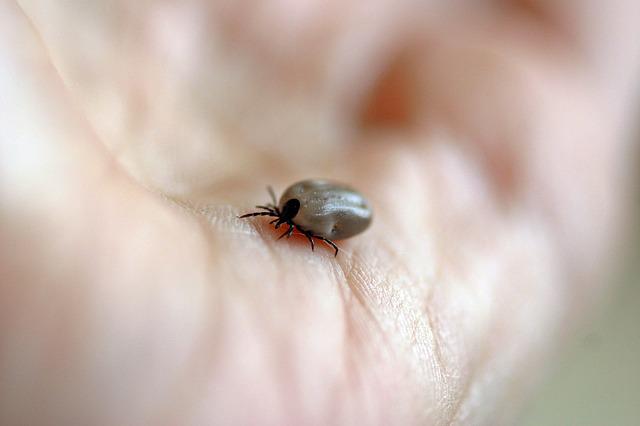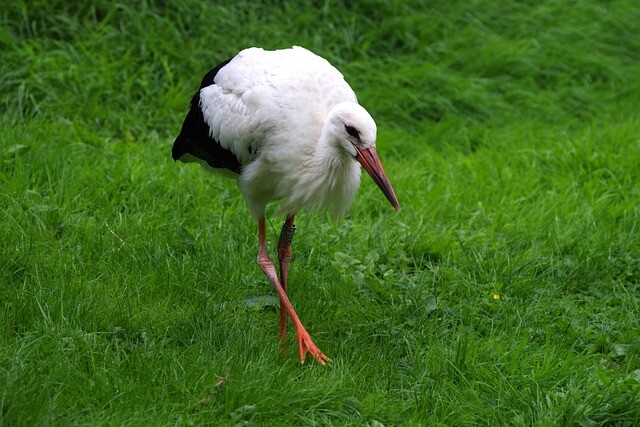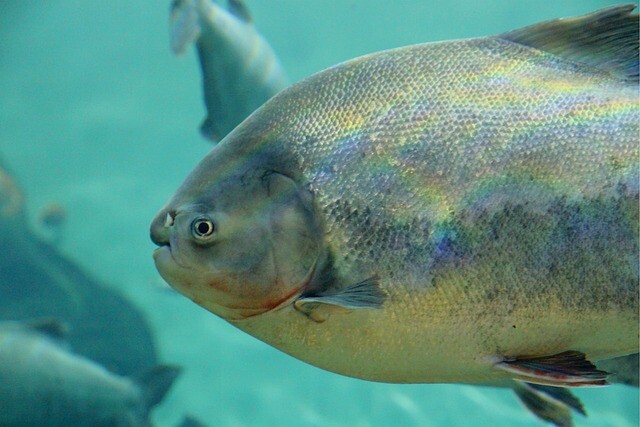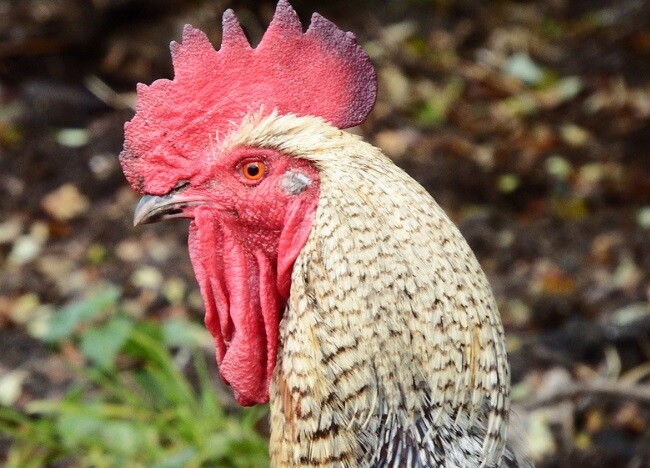Ticks attack, but even our reptiles are not spared
The tick has proliferated a lot this year and the drought helped a lot. The parasites of our dogs and cats are more active.
Do you think that these blood-sucking parasites only target our four-legged friends? No way! They like to settle on the skin of reptiles, so turtles, frogs, snakes and lizards are not spared either.
In addition to ticks, mites are also the most common nuisance external parasites for reptiles. They also feed on the blood of animals and can spread diseases.

If a mite attacks the reptile, it can cause lethargy, unevenness of the skin surface, depressions, and the exact appearance of red or black. Untreated, wounds and then scars may appear. In addition to listlessness, lack of appetite, rubbing, and soaking in water can also be signs of mite infestation. We entrust the establishment of the diagnosis and the treatment to a specialist!
Recognizing a tick is even easier, as the large, blood-filled abdomen is clearly visible to the naked eye. Don't let him take it out by hand. It is better to use tweezers to be sure to remove the head of the tick from the body of our reptile. We can entrust the removal of the tick to a veterinarian, as well as possible subsequent treatment.
For more interesting information, please visit our Facebook page!
(Source: otthonikedvenc.co.hu | Images: Pixabay)






















